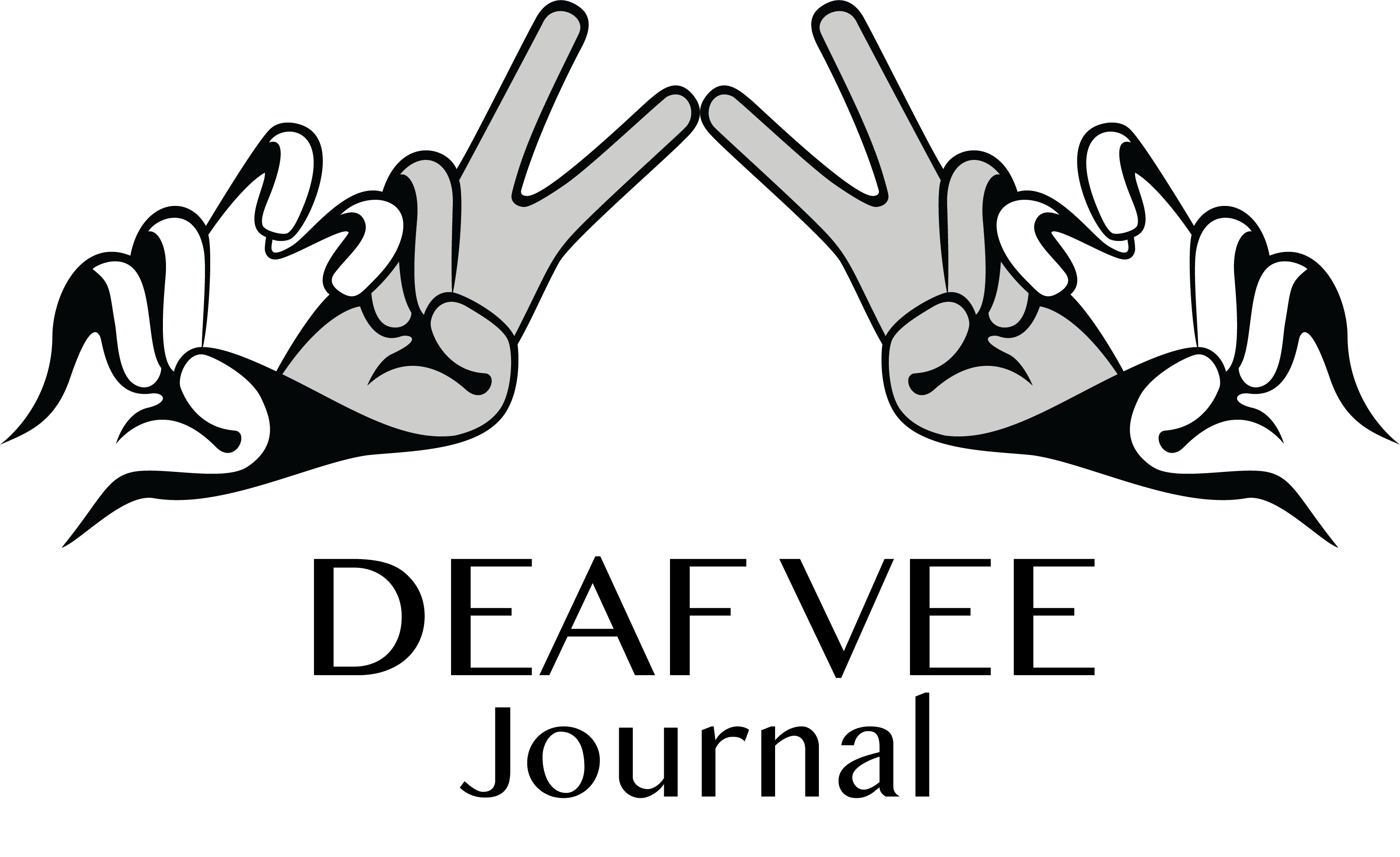The other day Disney announced that Halle Bailey (one-half of the R&B duo Chloe x Halle) would be cast as Ariel in the live-action remake of their iconic film, “The Little Mermaid.” Bailey is a 19-year-old R&B singer who is also Black. White people across America have come out and spoken up against the decision. People say this is an example of White fragility, which has become all the more visible within the past couple of years. While the concept of White fragility is not new, it continues to be commonly misunderstood. The Deaf Report is taking the opportunity to explain what it is, why it is important to understand, and what you can do about it.
Characters of color have long been underrepresented and/or misrepresented in films, including those in animated films, particularly if the characters in question have leading roles. Hillary Monahan tweeted that “Disney created 49 films from 1937 to 2009 before delivering their first Black princess with Tiana. Black girls watched an entire catalog NEVER seeing themselves. For 70 years.”

Disney is now taking concrete actions to diversity their main characters with the live-action play of “The Little Mermaid” by incorporating a Black Ariel. While this instance would not be the first work to display a mermaid of color –Gabriella was a Deaf Latina mermaid who was featured as a secondary character in “The Little Mermaid,” and she used ASL to communicate–this certainly would be the first where the lead mermaid character would be of color.
People outraged about this argue that Ariel has long been known as a light-skinned mermaid with bright red hair and blue eyes, and the decision to cast someone who does not otherwise fit that description would damage the authenticity of “The Little Mermaid.”
A Reddit thread was even created where the original poster said, “Lion King gets the credit for having African Americans voice African animals in an African kingdom. Live action Aladdin was cast to have diversity based on Middle Eastern culture and it’s absolutely fine. Ariel is a redhead Caucasian mermaid. Why change this?” (Reddit – The Little Mermaid)
And that very thread is an example of White fragility.
What is White fragility?
White fragility, according to Robin DiAngelo, is the “state in which even a minimum amount of racial stress becomes intolerable, triggering a range of defensive moves.” The easiest way to explain this is to look at the entertainment industry, such as major film franchises or classic character roles. When people think of James Bond, they would think of a good looking White man with a great body. However, if the 007 franchise was to hire a Black man to act as James Bond, people with White fragility would absolutely never let that go. (It was announced earlier today that the next James Bond film will be getting its first Black and female 007, with the casting of Lashana Lynch, a Black British actress – according to a Refinery29 article by Tara Edwards.) It is as if White fragility is one way to describe the horror of misrepresentation of White people while ignoring the misrepresentation of other races.
“White people in North America live in a social environment that protects and insulates them from race-based stress. This insulated environment of racial protection builds white expectations for racial comfort while at the same time lowering the ability to tolerate racial stress, leading to what I refer to as White Fragility” (Robin DiAngelo – White Fragility).
Triggers of White Fragility
When a person with White fragility is triggered from racial stress, the triggered person might show their emotions – like anger, fear, and/or guilt – or engage in certain behaviors, such as arguing, being silent, or leaving the scene. Such actions on the triggered person’s part only serves to restore the so-called “balance” of racial equilibrium at the benefit and comfort of White people. Racial stress is a stress-inducing situation for the person with White fragility that interrupts their comfort zone (more specifically, what is familiar to the White person on a racial basis) and their assumptions about “how the world works.”
Some instances of racial stress are shown below in a table, which includes how it can trigger White fragility.

Examples of White Fragility
Below is just a short list of some obvious examples of White fragility and, as such, it is not comprehensive.
- “I cannot be racist because I have a Black/Mexican/Asian/Native ______.”
- “Why do we need Black History month? We don’t have White History month!”
- “The Blacks have NAACP. What do we have? Nothing!”
- The person believes reverse racism exists (it does not).
- The person does not understand why race has to be brought up all the time. The person is under the impression that the Emancipation Proclamation, Civil Rights Movement, the Brown v. Board case, or having Obama as President fixed all of that.
- “Not as many jobs are available anymore because all those Mexicans are taking our jobs!”
- Tokenism is another sign of White fragility. Many are familiar with DCARA’s recent Board scandal that lasted for three consecutive months, and we will use this as an example. A Black man was placed on the Board as a part of the claim that the Board members were not racist, and this decision was met with criticism from Bay Area Deaf communities of color and their allies. Some Board proponents made comments that could very well have came off like this: “What’s the matter, you got a problem with a Black man being on the Board? And you say the Board is racist?” We had people with White fragility hiding behind tokenism to try and prove that they were not racist.
How to stand up to White Fragility
Taking the time to unpack one’s racial issues and fragility is necessary to help combat “White fragility.” This is a meaningful step to help individuals build their emotional stamina, and one of the suggestions DiAngelo has made.
Be okay with making mistakes. DiAngelo stated that it seems like people are so scared of saying something racist by accident that they get defensive when they are called out. Unpacking your White fragility helps you become more understanding of your downfalls and accepting of your mistakes that you can learn from. Stop worrying about your intention and focus on the impact of your actions. When one stands up and starts paying attention to what they’re saying, they realize the impact and possible damage that they are doing to others.
Stand up to yourself first before standing up to anybody else. When you have had to combat your own White fragility, using that experience as a valuable tool to help others combat their fragility can lead to great results. People would be more receptive to criticism from somebody that either has been there or is learning from their own mistakes that are similar to the mistakes they’re trying to prevent in others.
Understanding fragility and what it is, why it’s dangerous, and how to change one’s mentality is truly the first step to changing the world. If you are interested in reading Robin DiAngelo’s book, White Fragility it is available on Amazon.
Editor’s Note: This article originally appeared on The Deaf Report under the same author. This article has been placed on Deaf Vee Journal for archiving purposes.






